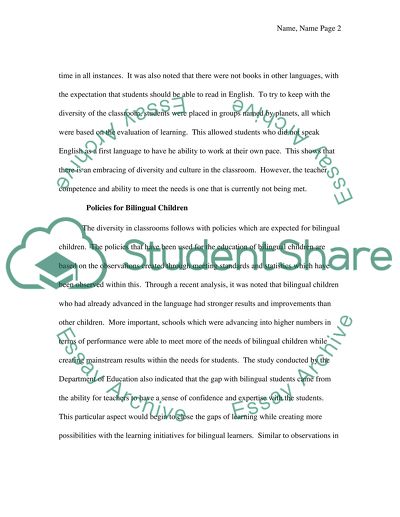Cite this document
(“Multilingual learners in Primary classrooms Essay”, n.d.)
Retrieved from https://studentshare.org/education/1393213-multilingual-learners-in-primary-classrooms
Retrieved from https://studentshare.org/education/1393213-multilingual-learners-in-primary-classrooms
(Multilingual Learners in Primary Classrooms Essay)
https://studentshare.org/education/1393213-multilingual-learners-in-primary-classrooms.
https://studentshare.org/education/1393213-multilingual-learners-in-primary-classrooms.
“Multilingual Learners in Primary Classrooms Essay”, n.d. https://studentshare.org/education/1393213-multilingual-learners-in-primary-classrooms.


